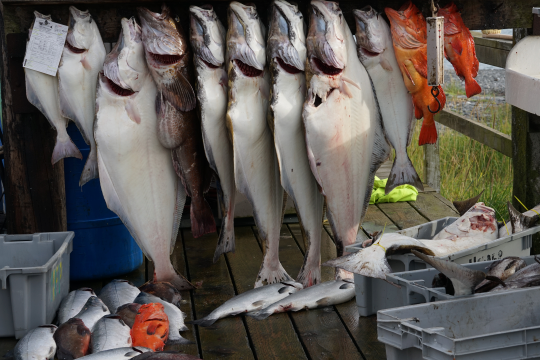
Healthy fisheries provide valuable benefits to fishing nations. Productive and diverse fish populations provide food, create jobs, generate revenue, and contribute to a fishing nation’s culture, identity and ecological health. A robust regulatory regime helps sustain fish populations to maximize these benefits. Indeed, an effective regulatory regime can help end overfishing, restore depleted fish stocks, and revitalize a prosperous fishing industry. Most fundamentally, such a regime generally includes practices to identify, implement, and enforce a sustainable level of fishing.
NRDC produced this white paper, which compares the standards, regulations, and enforcement mechanisms intended to promote fisheries’ health that are set out in the UN Convention on the Law of the Sea and those adopted by Australia, New Zealand, the European Union, and the United States. Examining these regulatory regimes, which have evolved over time, offers insights into the different ways a fishing nation may achieve sustainability and thereby end overfishing, restore depleted fisheries, and rebuild affected sectors of its fishing industry. For each of these regimes, we compare sustainability standards, the role of science, the fishing mortality control measures employed, the system of licensing and permitting, monitoring mechanisms, and tools of enforcement.

